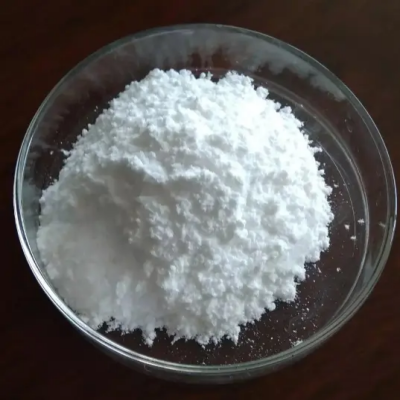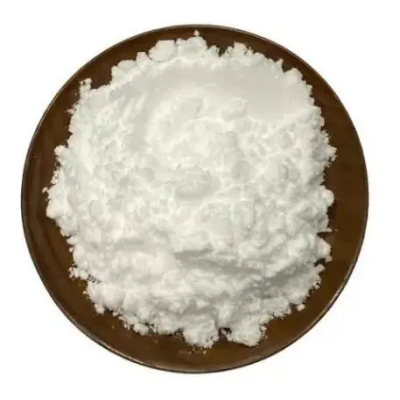Cinnamoyl chloride CAS:102-92-1
2-Cinnamoyl chloride (C9H7ClO) is an important aromatic acyl chloride derived from cinnamic acid, characterized by the presence of a carbonyl group adjacent to a propenyl substituent on a benzene ring. This molecular structure imparts unique chemical properties, making 2-cinnamoyl chloride a highly reactive compound that serves as an effective acylating agent in diverse organic synthesis applications. In organic synthesis, cinnamoyl chloride is particularly valued for its electrophilic nature, allowing it to readily undergo nucleophilic acyl substitution reactions. This reactivity makes it an ideal candidate for the acylation of various nucleophiles, including alcohols, amines, and thiols, resulting in the formation of esters, amides, and thioesters. Such transformations are fundamental in the synthesis of a wide array of biologically active compounds, including pharmaceuticals and natural products. Moreover, cinnamoyl chloride plays a significant role in Friedel-Crafts acylation reactions, where it enables the introduction of the cinnamoyl moiety into aromatic systems. This capability is particularly important in the development of complex molecular architectures and the creation of functional materials, as the resulting substituted aromatic products often exhibit enhanced chemical and biological properties. In addition to its reactivity, cinnamoyl chloride has implications in polymer chemistry, where it can be used to modify polymer backbones or introduce reactive functionalities. It also serves as a substrate in the synthesis of dyes and agrochemicals, reflecting its versatility beyond traditional organic chemistry applications. In summary, cinnamoyl chloride is a key reagent in organic synthesis, facilitating the construction of a diverse range of chemical entities. Its reactivity and ability to participate in significant chemical transformations highlight its importance as a building block for advancing research and innovation in various fields of chemistry.



| Composition | C9H7ClO |
| Assay | 99% |
| Appearance | white powder |
| CAS No. | 102-92-1 |
| Packing | Small and bulk |
| Shelf Life | 2 years |
| Storage | Store in cool and dry area |
| Certification | ISO. |





![N-[1,1'-biphenyl]-4-yl-N-(4-bromophenyl)-9,9-dimethyl-9H-Fluoren-2-amine CAS:1246562-40-2](https://cdn.globalso.com/xindaobiotech/3XBLOU_U4EX8J_HKYK9VL82.png)



